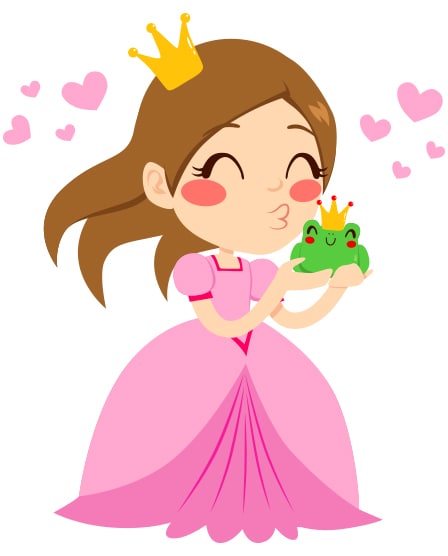Special Awareness Days
February 26th - Tell a Fairy Tale Day

Ready to Order?
If you are ready to order, please contact Customer Service:
Telephone: 1 (800) 361-6128 Fax: 1 (800) 563-9196
Introduction
According to recent research, fairy tales may actually date back 6,000 years to the Bronze Age!
Whatever their age, fairy tales have amused and captured the attention of young and old for a long time. Passed down from generation to generation, fairy tales most often contain folk characters such as goblins, gnomes, witches, and giants. They often take place in mystical places such as enchanted woods and castles and they usually have a hero or heroine that saves the day.
This genre of literature often has multiple meanings and can be interpreted differently by children and adults.

Grades K-2
Language
Ask students if they can tell you the names of these favourite fairy tales:
- The story of a little girl who travels through the woods to see her Grandmother. (Little Red Riding Hood)
- The story of a poor young maid who goes to a ball and loses a slipper. (Cinderella)
- The story of a young woman who falls in love with a very ugly creature. (Beauty and the Beast)
Ask students if they can name other fairy tales that they have heard (The Three Little Pigs, Rapunzel, Goldilocks and the Three Bears, Rumpelstiltskin, etc.). Explain that these stories have been around for a very long time and that they have morphed and evolved as they have been passed down from one generation to another.
Invite students to select a favourite fairy tale and read it. Then, ask them to share what the story was about.
Recordings of fairy tales read aloud can be found online for a fun way to experience stories, with or without visuals.
Grades 3-5
Language, Drama
Ask students to share their favourite fairy tales. Have several samples on hand. Select one or two and have students participate in a Reader’s Theatre presentation of the story, taking the part of one of the characters and reading the tale to the class.
Process the activity by asking:
- What did you like about listening to the Fairy Tales through Reader’s Theatre?
- How does this method compare with just a silent reading experience? Explain.
Note: Be aware of varying reading abilities and consider assisting those who have difficulty reading the text aloud.
If a narrator is required, consider taking this role yourself or asking one of the more fluent readers to take it on.
Some fairy tales are easier to read than others. You know your students best, so provide a variety to choose from.
Grades 6-8
Oral and Visual Communication
Ask students to recall their favourite fairy tales.
- Why did they make this selection?
- Who introduced this fairy tale to them?
- Why do they think that fairy tales have been passed along from generation to generation for thousands of years?
Brainstorm as a class the elements of a fairy tale. For example:
- A simple plot that involves a problem or obstacle and a hero/heroine who comes to the rescue
- A struggle between good and evil with “good guys” and “bad guys”
- A fantasy setting
- A whimsical character or two, perhaps including a talking animal
- Magical powers, sayings, or items such as rings, wands, lasers, etc.
- Impossible tasks and feats that keep the reader interested
- Some form of learning experience for the characters or the reader by the end of the story
Invite students to either re-write an existing fairy tale bringing it into today’s world, or write a short modern-day fairy tale that would reflect today’s values, interests, and beliefs.






